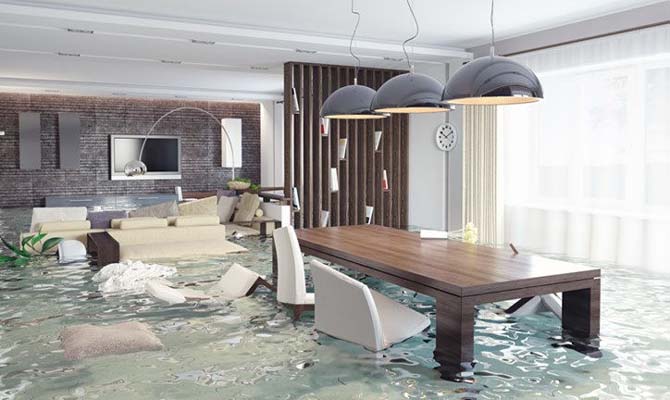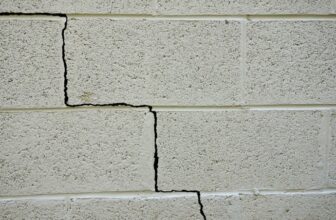
The extreme weather conditions which are experienced worldwide every year can have devastating effects. While some people are merely concerned about the rising cost of their utility bills (it is getting steadily more expensive to heat a home in winter and keep it cool during summer) the physical effects of extreme weather are far more serious.
You will have, no doubt, seen the damage caused by rising water levels as rivers burst their banks and flood neighboring towns and villages. When this happens, there is a process that is followed to effectively deal with the aftermath of a flood, and return residents to their dwelling as quickly and as safely as possible. Here is an overview of this process.
1. Establish exactly what was in the floodwater?
It is not just a simple case of waiting for the house to dry out and redecorating. Depending on what was in the floodwater, several other processes may be involved. If the flood has passed through a wastewater plant or industrial complex before reaching the town, there could be large traces of effluent and chemical residue left in its wake.
This may mean the decontamination of the home and resurfacing of any walls not already damaged in the flood. A great many personal items may also have been contaminated and may have to be disposed of. This process can be a long one and is usually prioritized over the desire for residents to return to their homes as soon as possible.
2. Consider what the flood-damaged is home made of
Depending on the construction of the home, the strategy of how to make it habitable again will vary. Brick and concrete structures are resistant to water, but once soaked can take a long time to dry out; whereas more common wooden homes will dry out more quickly but could be made more brittle as a result.
Many homes are constructed from a combination of materials or have extensions or outhouses made from a different material to the main structure. In this case, some parts of the home will become habitable long before others, which can put a strain on residents who just want to return to a normal life.
3. Ensure the building is completely dry
After a short time, many surfaces within a flood-damaged home may feel dry to the touch. This, however, does not discount the chance of water still being present deeper down. A professional examination will often show that exposure to fresh air did not do the job, and more intensive drying is required.
This is normally achieved using heaters, direct air heaters, which can be sourced from hot air tools, or dehumidifiers. These units come in various sizes so can be used in smaller rooms without much ventilation, as well as larger spaces such as lounge or kitchen areas.
Conclusion
Overall, the operation can take far longer than anyone, especially the displaced residents, would like. However, returning to a dwelling that may be contaminated or not thoroughly dry can cause longer-term respiratory and other health issues, as well as affect the structural integrity of the home.




